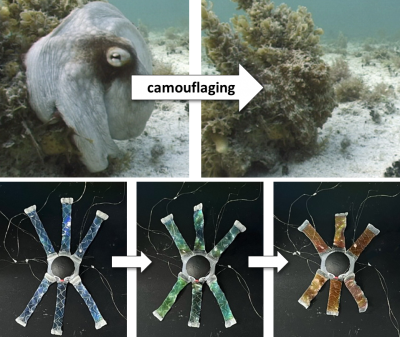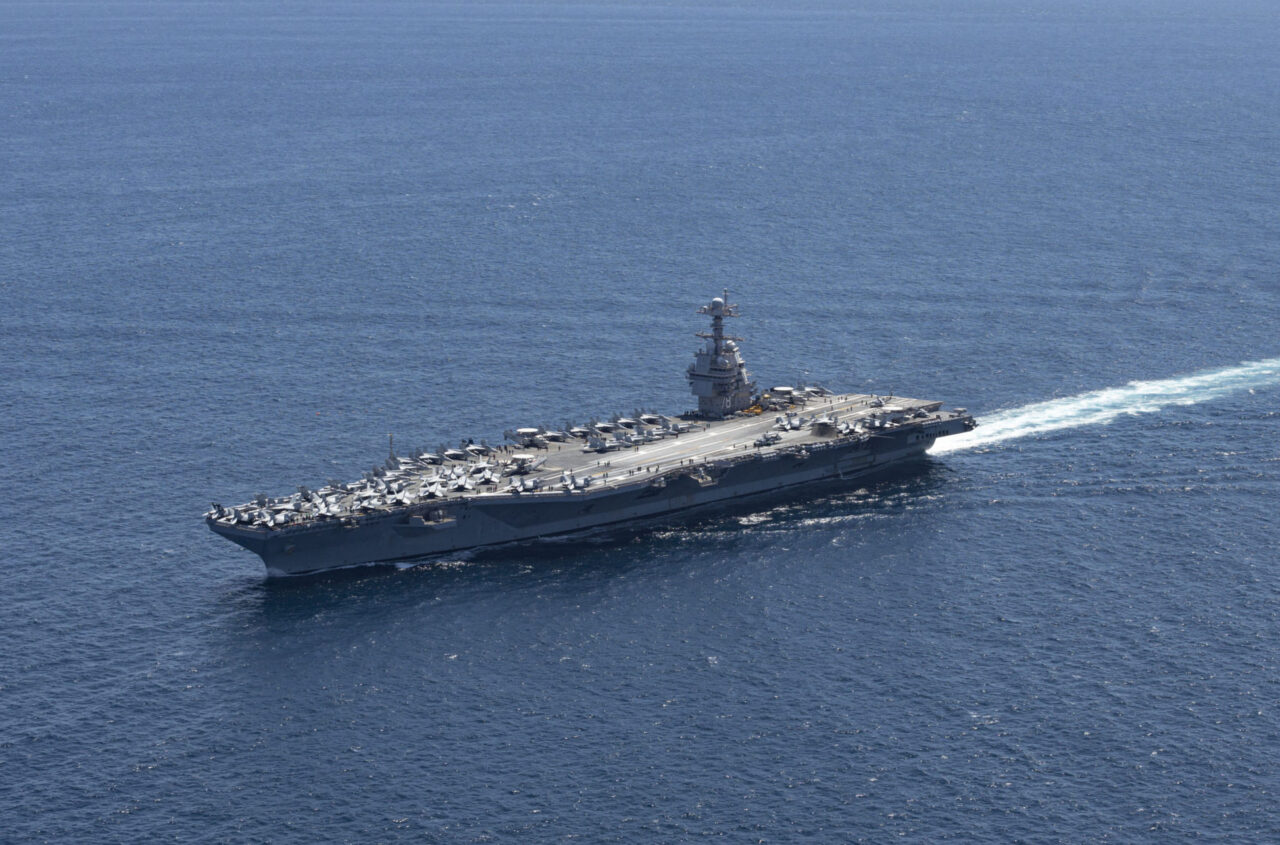The USS Gerald R. Ford, the latest aircraft carrier of the United States Navy, is currently operating in the Mediterranean Sea following its deployment to the US European Command area of responsibility. This move underscores the ongoing commitment of the US to maintain a significant naval presence in the region, particularly in light of recent conflicts in the Middle East.
The USS Gerald R. Ford, the lead ship of the Ford-class, transited the Strait of Gibraltar in the company of several Spanish Navy warships. This joint operation not only signifies the operational capabilities of both navies but also reflects the strong alliance between the United States and Spain. Commander J David Garcia, commanding officer of ESPS Canarias, emphasized this collaboration, stating, “This operational activity in the Strait of Gibraltar shows the solid commitment of Spain as a strong Ally in a key access point to the Mediterranean Sea.”
As the USS Gerald R. Ford continues its operations, it remains uncertain whether the carrier will remain in the Mediterranean or shift its focus towards the Red Sea. Since the beginning of hostilities involving Hamas and its invasion of Israel in October 2023, the US has maintained a strong naval presence in the Red Sea. Notably, the USS Harry S. Truman, a Nimitz-class aircraft carrier, departed the region in May 2025, leaving a gap in carrier strike group (CSG) coverage. The USS Carl Vinson CSG, previously stationed in the North Arabian Sea, is now supported by the Nimitz CSG, which highlights the evolving strategic deployments of US naval forces.
About the USS Gerald R. Ford
The USS Gerald R. Ford, designated as CVN-78, is named after the 38th President of the United States and is currently the only operational ship in its class. Launched in 2009, the carrier was commissioned in 2017 as part of the US Navy’s modernization efforts. Plans are in place to eventually acquire a total of ten Ford-class carriers, which will replace the aging Nimitz-class ships on a one-for-one basis. While the Nimitz carriers have served the Navy for over 50 years, the Ford-class vessels are designed with advanced technologies that enhance their operational capabilities.
A significant innovation on the USS Gerald R. Ford is the Electromagnetic Aircraft Launch System (EMALS). Unlike traditional steam catapults, this system employs linear induction motors to launch aircraft, improving efficiency and effectiveness. Coupled with the new Advanced Arresting Gear, the Ford-class carriers can launch 25 percent more sorties and generate three times the electrical power compared to their predecessors.
Looking ahead, the USS John F. Kennedy is scheduled to be the next Ford-class ship to enter service. Until then, the US Navy will continue to rely on its existing fleet of Nimitz-class carriers to uphold its deterrence strategy across global waters.
Maya Carlin is a National Security Writer with The National Interest and an analyst with the Center for Security Policy. She has contributed to several publications, including The Jerusalem Post and The Times of Israel. Follow her on Twitter: @MayaCarlin.





































































